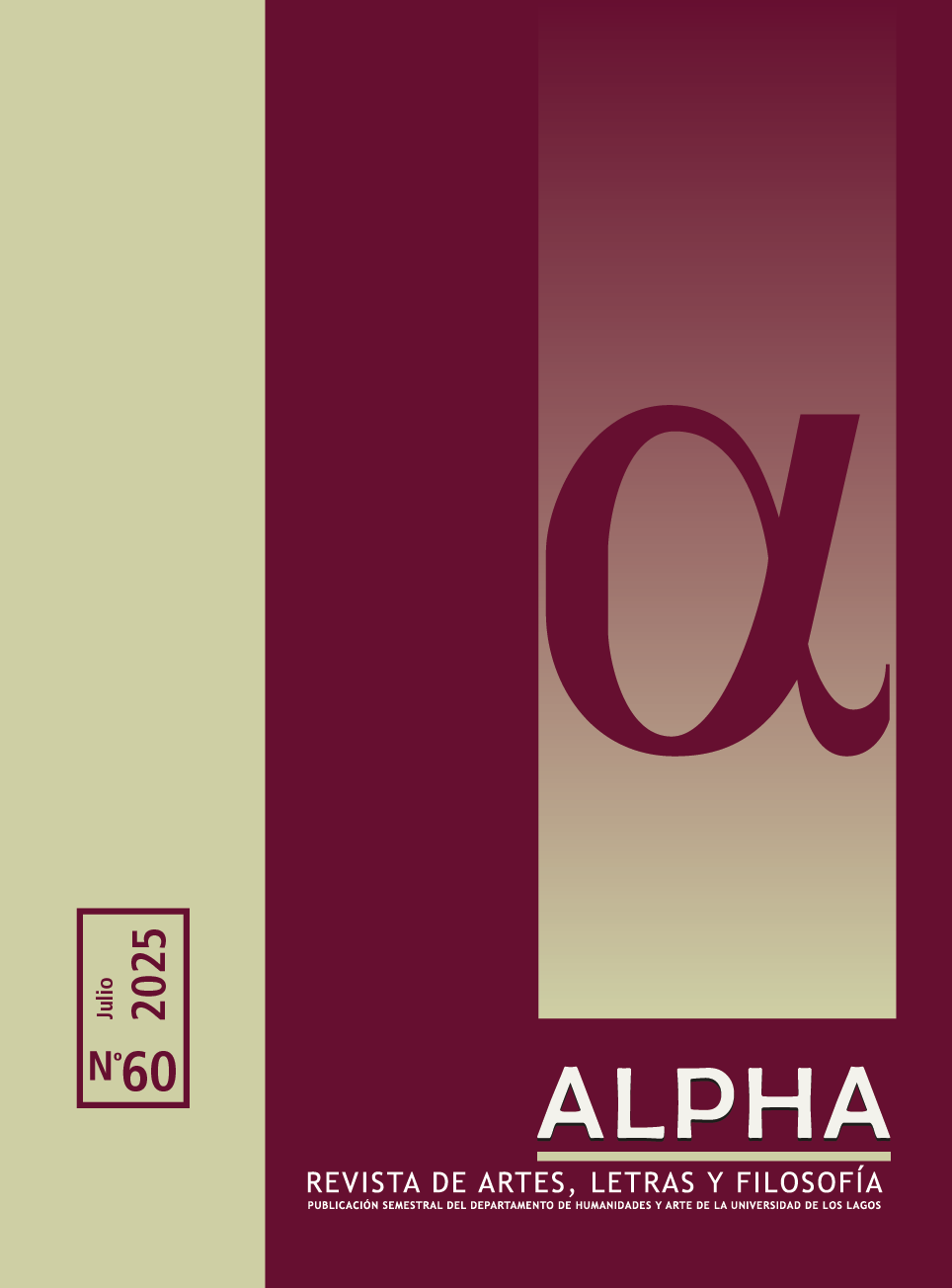The Argos of a thousand eyes and the immanent intuition of the spirit. The work of art as a sign of the spirit in Hegel
Main Article Content
Abstract
Starting from the encyclopaedic determination of the ideal, this paper analyses the Anschauung or intuition as a medium or form (Form) proper to art, problematising this determination based on the inclusion of representation as a figurative representation (bildliches Vorstellen) or as a figurative thought (vorbildliche Gedanke). It is then argued that in turn a double sense of Anschauung would be at play, and that in art the sensible immediacy of the first intuition, alien to the spirit, is overcome and replaced by the spiritual or spirit's own immediacy, i.e., it is replaced by an immediacy immanent to the spirit. At this point, an explanation of the signifying power of language is introduced to clarify the meaning of the sign in Hegel. Finally, it is proposed that, based on the distinction between the two senses of Anschauung and bearing in mind the meaning of the sign in Hegel, an understanding of the task of art can be achieved, namely that the work of art ceases to be a symbol and becomes a sign of the spirit or the Argos of a thousand eyes.
Article Details
Downloads

This work is licensed under a Creative Commons Attribution-NonCommercial 4.0 International License.
